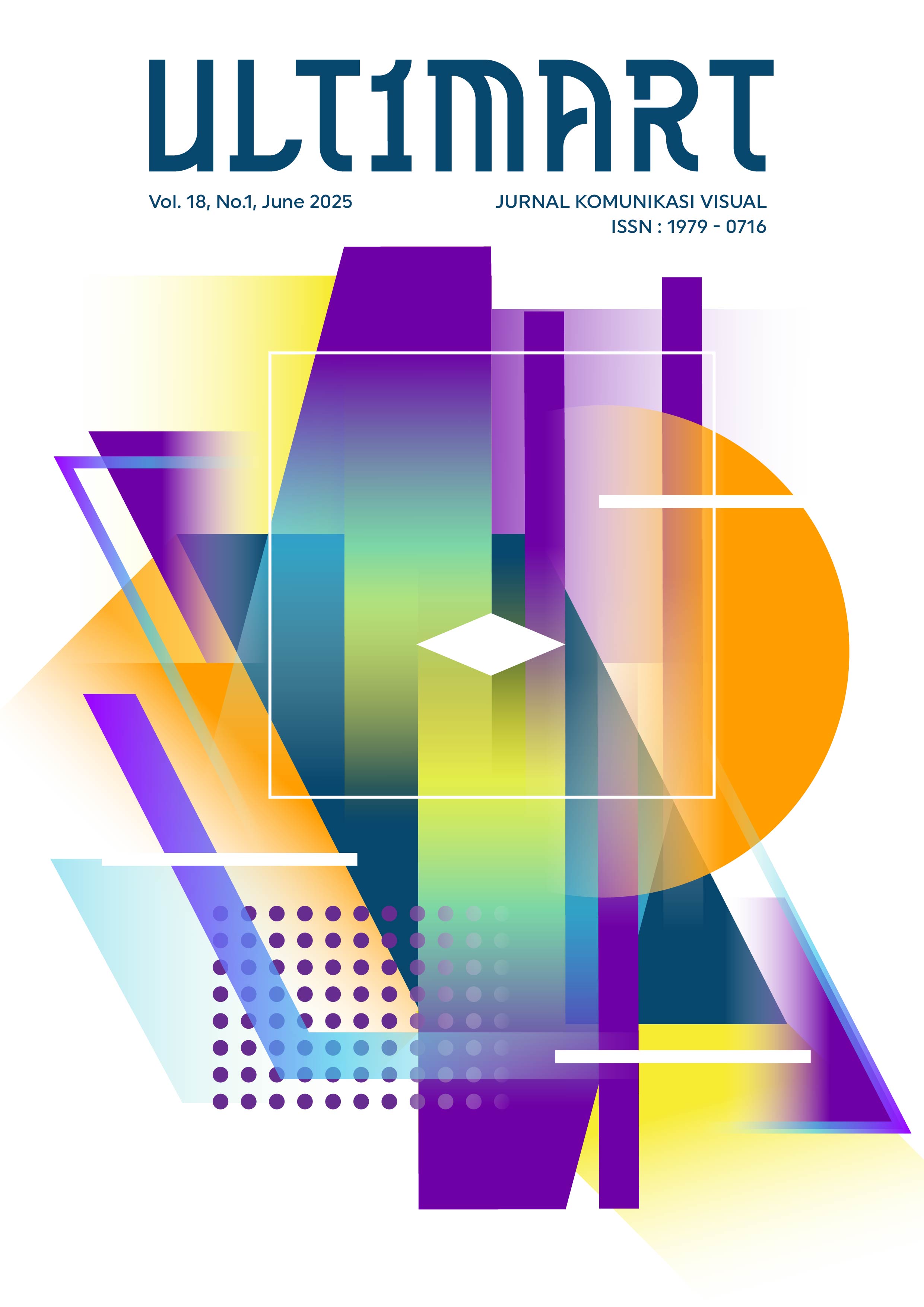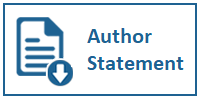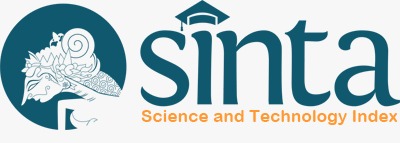Visual Identity Redesign of the Gelora Bung Karno Complex
DOI:
https://doi.org/10.31937/ultimart.v18i1.4193Abstract
The Gelora Bung Karno (GBK) Complex is a national heritage site in Indonesia. It has changed from a sports facility into a public space that is open, inclusive, and multifunctional. This transformation requires rebranding to reflect its new role while keeping its historical and national spirit. Visual identity plays an important role in this process. It is not just about how things look, but how people see and understand the place. Based on Alina Wheeler’s idea, visual identity is a planned way to shape public perception and build loyalty. The new identity for GBK is based on two things: its well-known architecture that’s reflected in the logo, and cultural motifs from across Indonesia. These ideas helped create a new logo, a color system for various applications, and graphic patterns inspired by local textiles. The research methods used include benchmarking other public spaces, interviews with users and staff, and visual studies of the landmark inside the complex. These helped guide the design process and make sure the results were meaningful and useful. This paper explains the process of research & analysis phase, clarifying strategy, up to the design stage and the resulting visual identity system.
Keywords: gelora bung karno; complex; visual identity; national heritage; Indonesia; rebranding
Downloads
Published
How to Cite
Issue
Section
License
Copyright (c) 2025 Natashia Lim, Ellis Melini, Alfiansyah Zulkarnain, Kartika Magdalena Suwanto

This work is licensed under a Creative Commons Attribution-ShareAlike 4.0 International License.
Authors retain copyright and grant the journal right of first publication with the work simultaneously licensed under a Creative Commons Attribution-ShareAlike International License (CC-BY-SA 4.0) that allows others to share the work with an acknowledgement of the work's authorship and initial publication in this journal.
Authors are able to enter into separate, additional contractual arrangements for the non-exclusive distribution of the journal's published version of the work (e.g., post it to an institutional repository or publish it in a book), with an acknowledgement of its initial publication in this journal.
Copyright without Restrictions
The journal permits the author(s) to hold the copyright without restrictions and will hold distributing rights without limitations.
The submitted papers are assumed to contain no proprietary material unprotected by patent or patent application; responsibility for technical content and for protection of proprietary material rests solely with the author(s) and their organizations and is not the responsibility of the Ultimart: Jurnal Komunikasi Visual or its Editorial Staff. The main (first/corresponding) author is responsible for ensuring that the article has been seen and approved by all the other authors. It is the responsibility of the author to obtain all necessary copyright release permissions for the use of any copyrighted materials in the manuscript prior to the submission.















